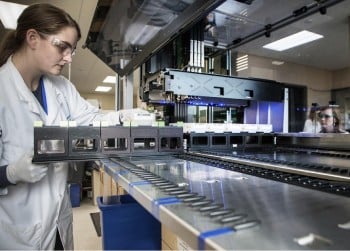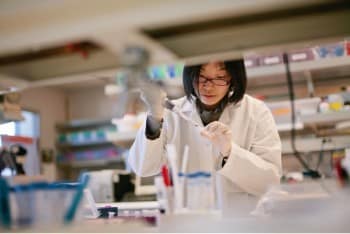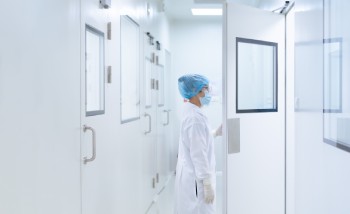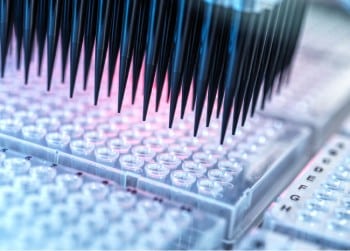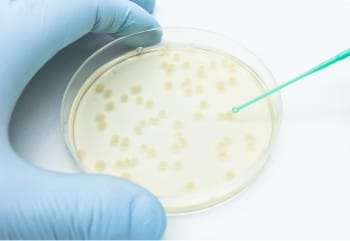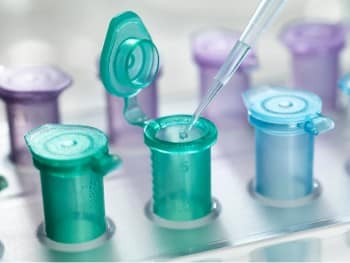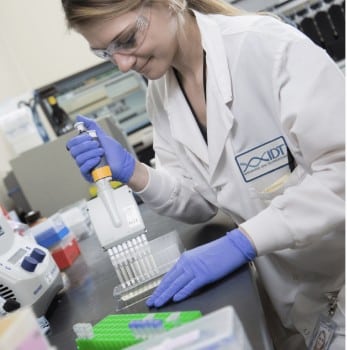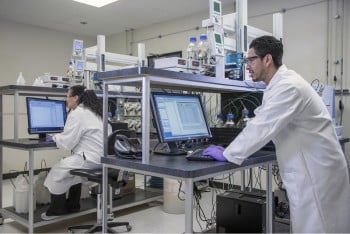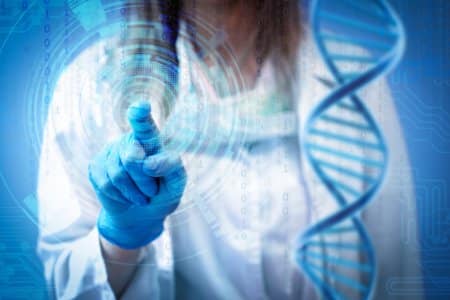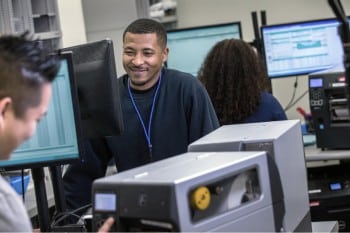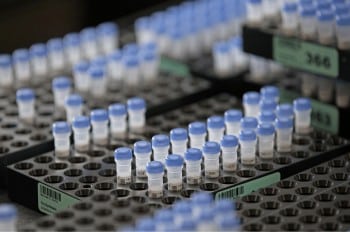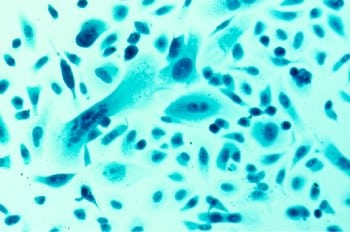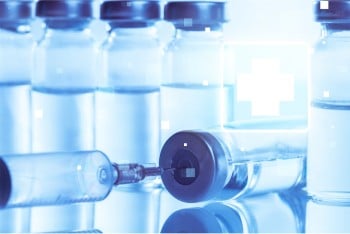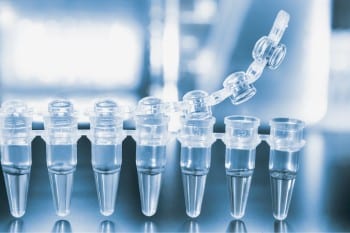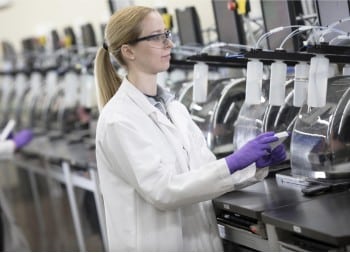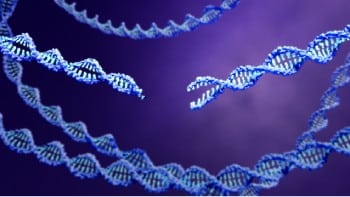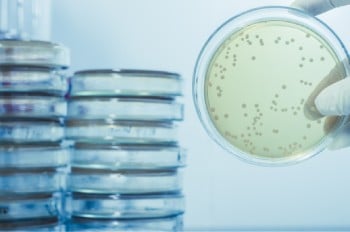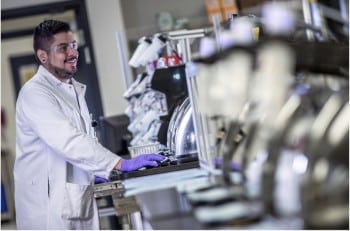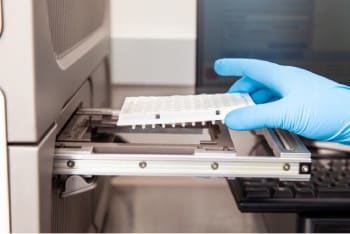
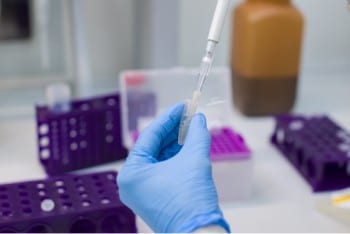
Choose your region, country/territory, and preferred language
SARS-CoV-2 probes and other COVID-19 research reagents
Researching virus detection
Custom SARS-CoV-2 qPCR panels »
Primers and probes made to your specifications in purity and scale.
Don’t see what you need?
We can accommodate custom requests for your SARS-CoV-2 experiments.
Contact usSARS-CoV-2 Research Use Only primer and probe sets »
IDT offers a wide array of primer and probe sets for your SARS-CoV-2 research.
Luminex ARIES® SARS-CoV-2 RT-PCR primers and probes »
Luminex Corporation has designed an RT-PCR assay for the detection of SARS-CoV-2. IDT manufactures RUO primers and probes identical to published sequences for this assay.
Vaccine research
Genes & gene fragments »
Advances in gene synthesis mean that subunit vaccines can be developed quickly from one or more antigen-presenting viral genes or peptide sequences, which circumvents the need for scientists to handle live and potentially dangerous pathogens, and eliminates the time needed to clone DNA fragments.
Virus research
NGS solutions »
Targeted next generation sequencing (NGS) can quickly generate genomic data for viral infection identification, virus genome analysis, and surveillance of virus mutations. xGen™ NGS represents our commitment to accelerating your next breakthrough in COVID-19 research. Explore the new combined portfolio of Swift and IDT NGS products for sequencing the SARS-CoV-2 genome.
Cas13 guide RNAs »
We can help with your Cas13 guide RNA needs. With fast turnaround, customizable scales and modifications, and multiple sizes in tubes or plates, we’re ready to support the identification of RNA viruses, such as SARS-CoV-2.
Affinity Plus™ ASOs »
Our Affinity Plus (locked nucleic acid) antisense oligonucleotides (ASOs) are perfect reagents for knocking down SARS-CoV-2 gene expression for functional assessment or your research dedicated to the development of potential treatments for COVID-19.
Resources
Official IDT responses
Recent coverage
- One company was the first to produce a key component of the COVID-19 PCR test. And it has now provided 52 million tests, Forbes
- Scaling up primer and probe kits for COVID-19 testing, Technology Networks
- Coronavirus testing materials that are in short supply in the US, Quartz
- SARS-CoV-2 detection kits primed by IDT’s quick scale-up, GEN
- 400,000 people in the U.S. could be tested for coronavirus by end of the week, The Hill
- Laboratories meet with White House, form consortium for coronavirus tests, Reuters
- Iowa biotech firm says it has produced enough coronavirus tests for 700,000 patients, Des Moines Register
- Coralville-based Integrated DNA Technologies producing COVID-19 testing, research kits, The Gazette
For media inquiries about IDT’s role in the fight against COVID-19, please contact:
IDT Public Relations, idtpr@idtdna.com
